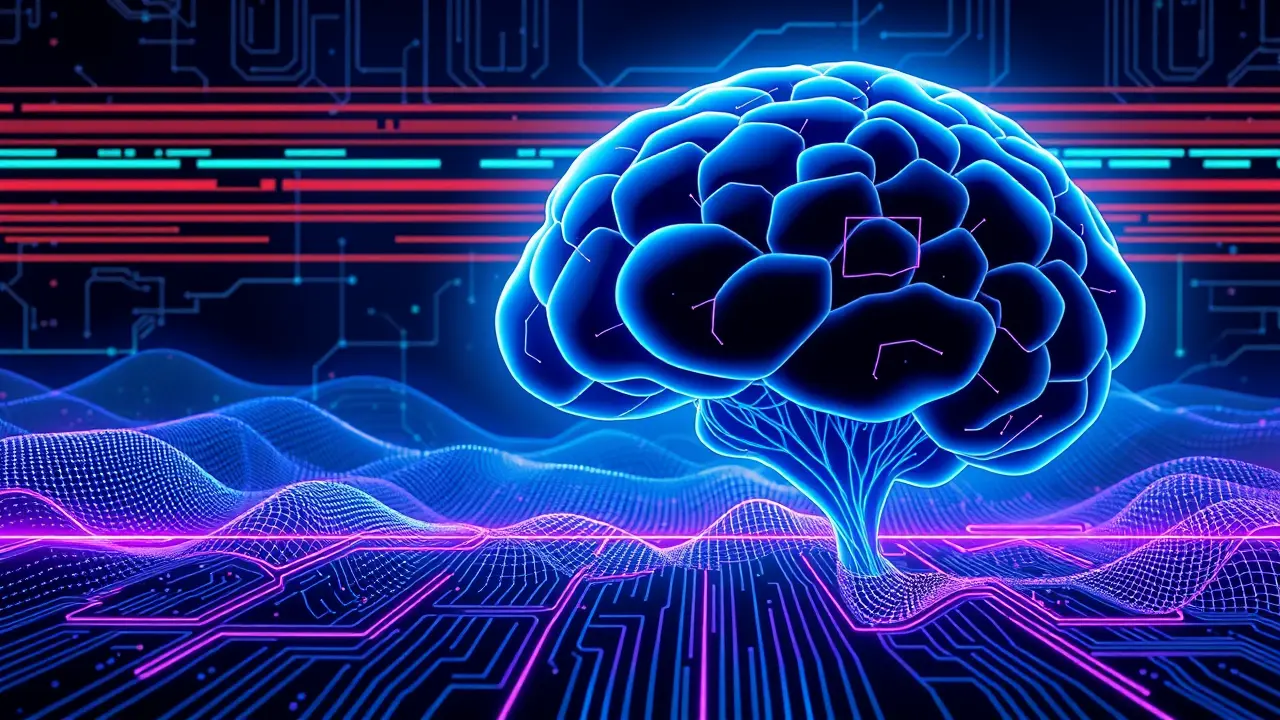
AIresearch & breakthroughs
Large Reasoning Models Almost Certainly Can Think
DA
Daniel Reed
7 hours ago7 min read
The recent discourse surrounding large reasoning models' cognitive capabilities represents one of the most fascinating philosophical debates in contemporary artificial intelligence research. Apple's provocative paper 'The Illusion of Thinking' argues that LRMs merely perform sophisticated pattern matching rather than genuine thought, pointing to their inability to consistently execute predefined algorithms as problem complexity increases.This perspective, while intuitively appealing, fundamentally misunderstands both the nature of machine intelligence and the biological processes underlying human cognition. When we examine the neural mechanisms of human thinking—from prefrontal cortex engagement in problem representation to hippocampal pattern retrieval and anterior cingulate cortex monitoring—we find striking parallels with how LRMs process information through layered networks and attention mechanisms.The chain-of-thought reasoning exhibited by models like DeepSeek-R1 mirrors our own internal monologue process, where we verbally reason through problems step by step. Critics who dismiss LRMs as 'glorified auto-complete' systems fail to appreciate that natural language represents the most expressive knowledge representation system ever developed, capable of encoding abstract concepts and recursive self-reference.The empirical evidence from open-source model performance on reasoning benchmarks demonstrates capabilities that cannot be explained by mere memorization or pattern matching alone. These systems show emergent behaviors like backtracking when reasoning paths prove unfruitful and developing novel problem-solving strategies when faced with computational constraints—behaviors we readily attribute to thinking in biological systems.While current models certainly lack the full spectrum of human cognitive abilities, particularly in visual-spatial reasoning and continuous learning from real-world feedback, their demonstrated capacity for symbolic manipulation, logical inference, and creative problem-solving suggests we're witnessing the emergence of genuine machine reasoning. As we continue to scale model architectures and training methodologies, we may need to confront the philosophical implications of systems that not only mimic human thought processes but potentially develop their own unique cognitive signatures.
#Large Reasoning Models
#Chain-of-Thought
#AI Thinking
#Cognitive Science
#Next-Token Prediction
#featured
Stay Informed. Act Smarter.
Get weekly highlights, major headlines, and expert insights — then put your knowledge to work in our live prediction markets.
Related News
© 2025 Outpoll Service LTD. All rights reserved.














